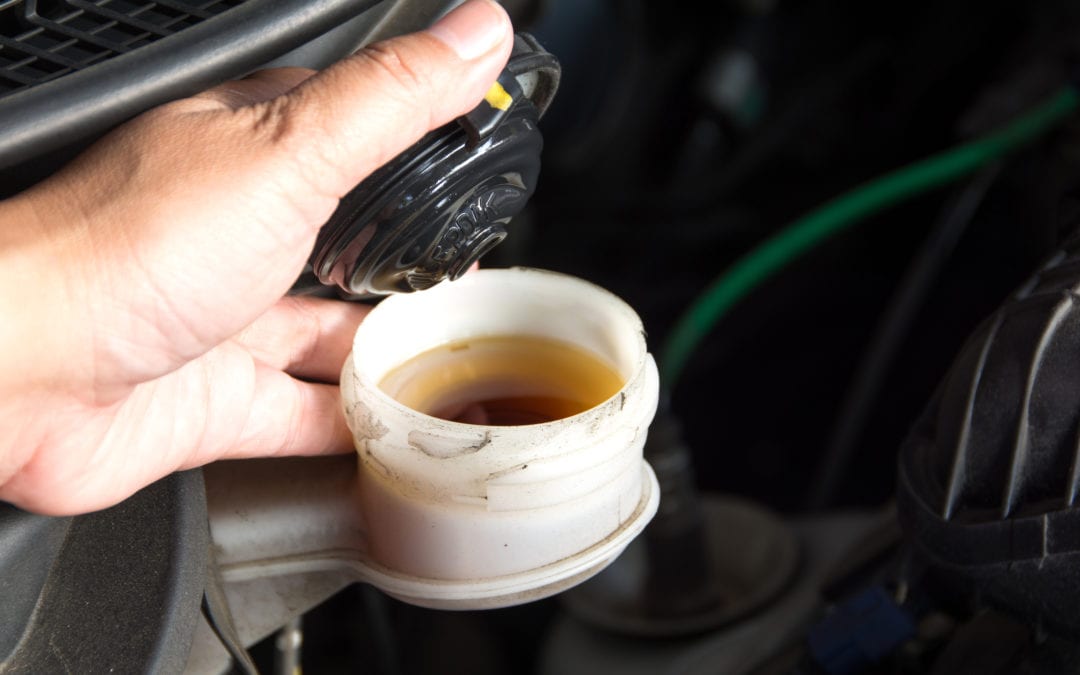Have you seen sludge? That thick, brown-colored substance you can see after you open the cap on your car’s radiator. You might have noticed it now that you noticed your engine has been overheating. However, your engine probably overheated because of sludge build-up. Since one of the leading causes of roadside breakdown is cooling system failure, pay attention to the condition of your radiator.Additives – coolant consists of a base (typically ethylene glycol or propylene glycol) mixed with additives and water. The base of the coolant is primarily responsible for providing a protection from freeze and boil-over. These additives are supposed to guard against corrosion, cavitation and scaling. Mixing of mismatched coolants can cause the additives to “drop out” of the solution and form sludge or slime.Contaminated coolant – a bad head gasket or cracked cylinder head can allow oil and coolant to resulting in sludge. Vehicles with automatic transmissions, the engine-cooling system cools the transmission. A breach in the system can contaminate coolant with transmission fluid.Corrosion – this is the most common cause of sludge build-up in a radiator. Radiators, like most parts in your engine, are made of metal. Over time, antifreeze can degrade. As it degrades, coolant loses its protective qualities, PH levels change, and corrosion sets in. Once the corrosion begins, rust, sludge and scale build up through the entire cooling system, including into the engine. This sludge can block the flow of coolant through the lines which causes the engine to overheat and leak. If left untreated, overheating and leaking can lead to very expensive repairs.Dex-Cool – Some vehicles require a coolant called Dex-Cool. This coolant was designed to last longer than normal antifreeze, only needing to be changed every five years instead of two. Unfortunately, this new technology hasn’t worked entirely to the desired design purpose. According to complaints received by Consumer Affairs, Dex-Cool reacts with the plastic sealing surfaces, causing the intake manifold to leak. The residue left behind by the breakdown is very sticky and thick like mud. Only a chemical flush will remove the sludge. We suggest if you see this sludge build up in your vehicle to take it to a professional for a chemical flush.Intake Manifold Gasket – When the intake manifold gasket leaks, some oil can run into the cooling system creating sludge in the coolant. In this case, the cooling system is not to blame. You will need to have your system flushed properly when the intake manifold gasket is repaired, the oily sludge left behind can cause costly damage to the cooling system.These are just the main causes of the slime or sludge that builds up in your radiator. Upon further inspection we can help you determine if there is more serious cause of the buildup and catch it before it causes a more serious problem in your engine. Give us a call today at Beyer Motor Works.
CALL NOW TO BOOK AN APPOINTMENT (480) 961-9449
OR SCHEDULE AN APPOINTMENT BELOW


